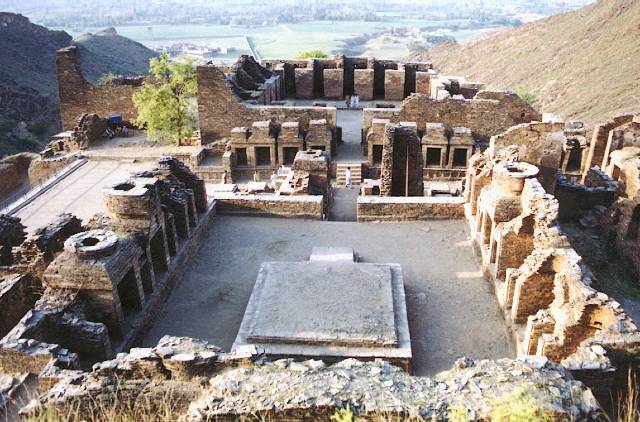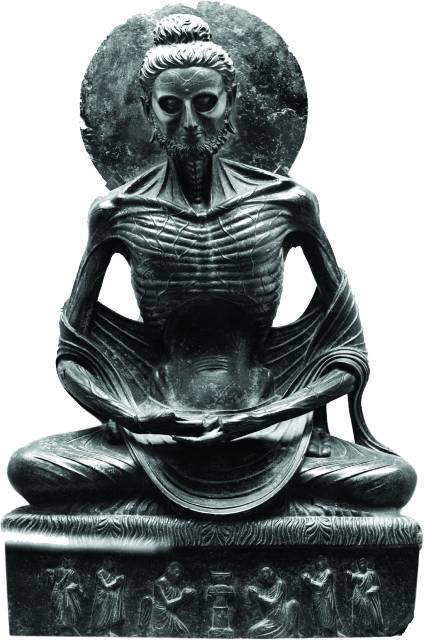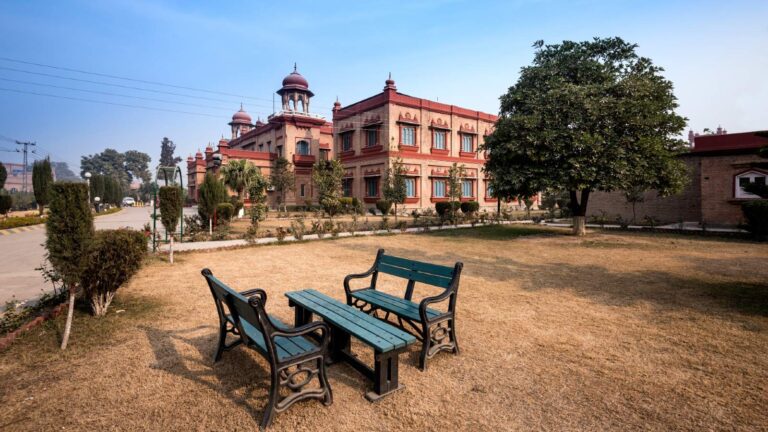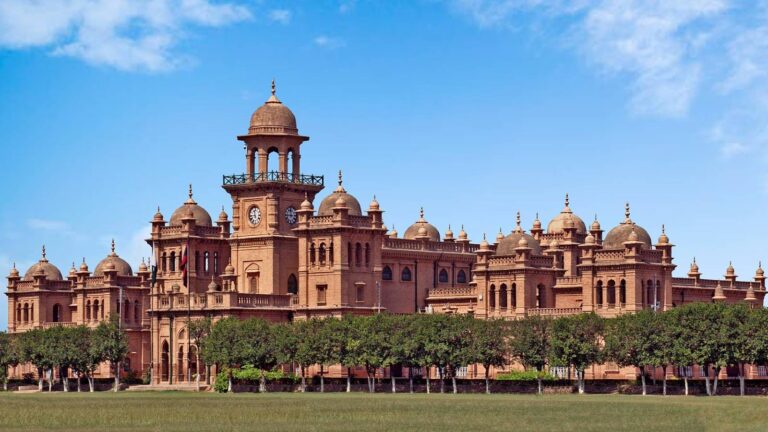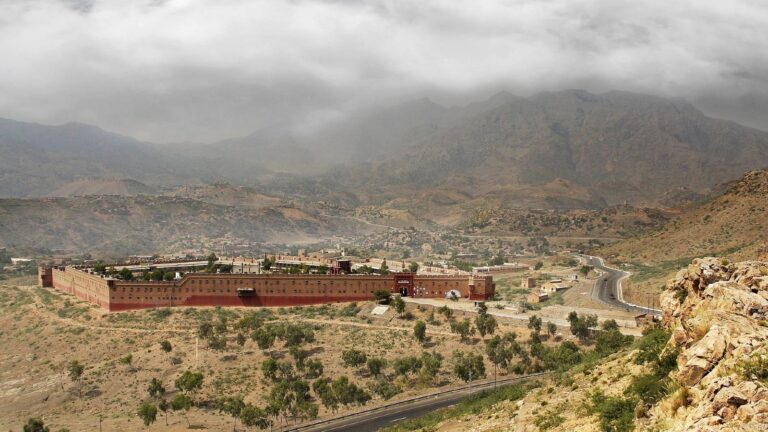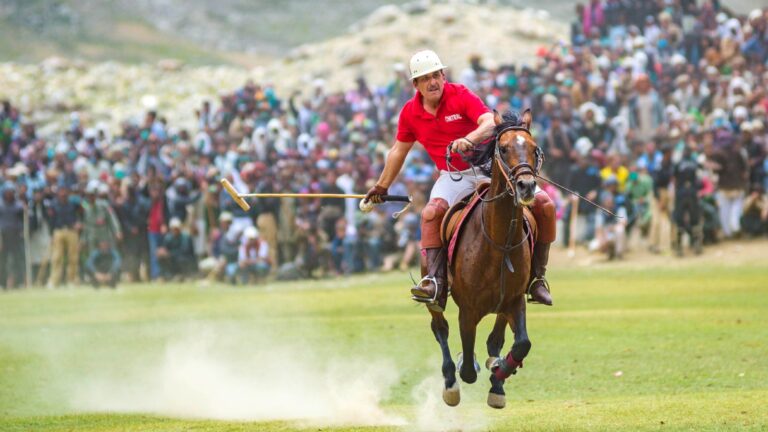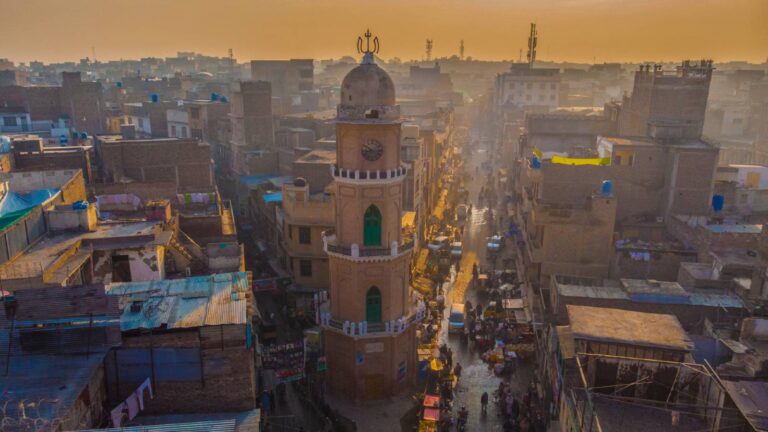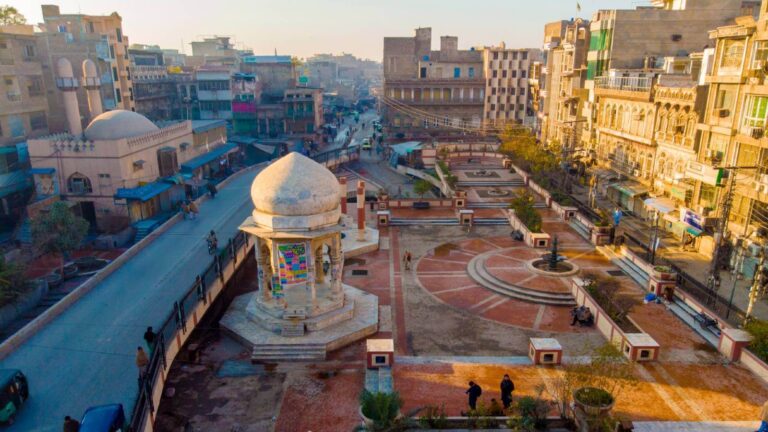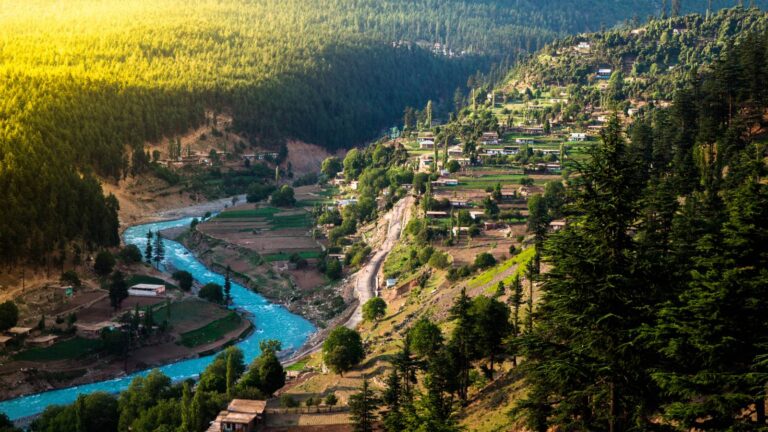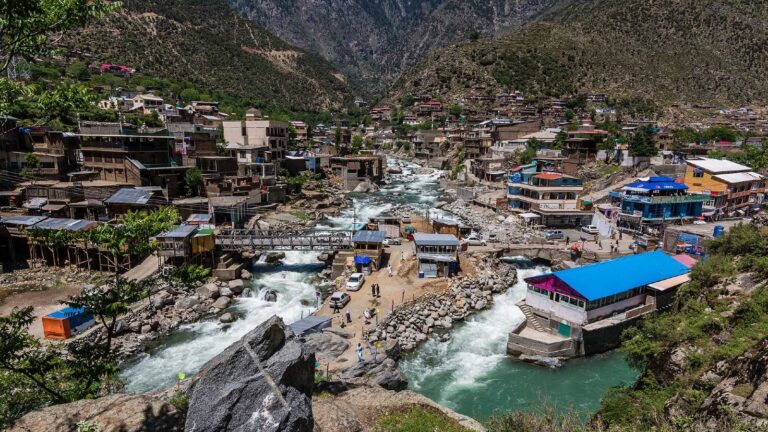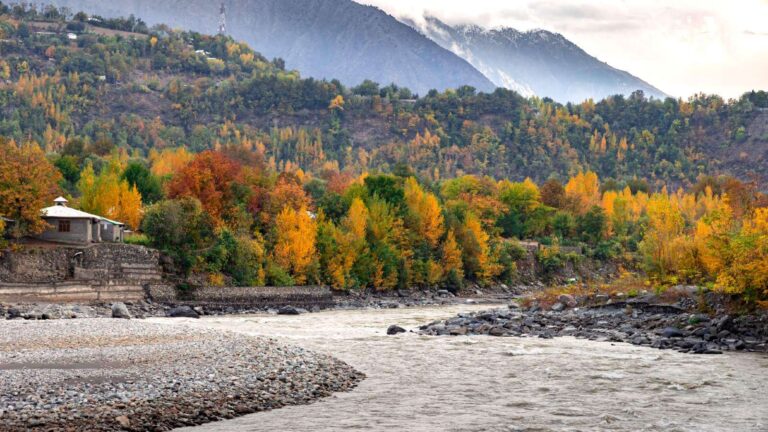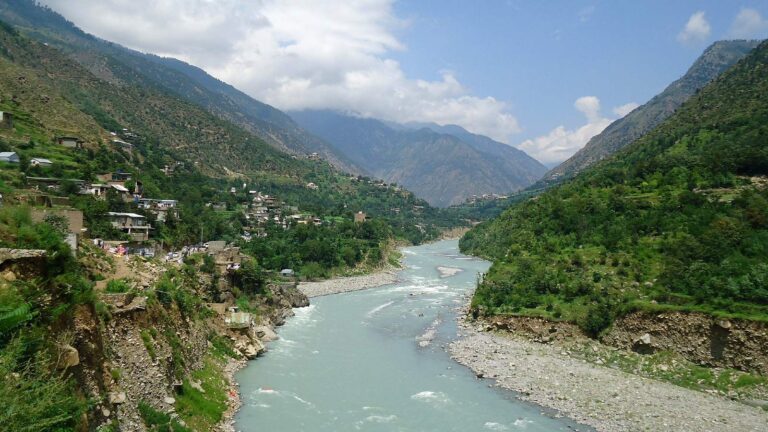Main image: Asif Nawaz, CC BY-SA 3.0, via Wikimedia Commons
Getting There
You can easily travel to Takhat Bhai by Car by Daewoo Coach,
By roads: You can easily Travel to Takhat Bhai From different province and cities of Pakistan by a large network of roads. You can reach Takhat Bhai by Bus, Car, Coaches, and Daewoo from different parts of the country. It is mainly connected with capital of Pakistan (Islamabad) by Motorway M-1 and Via National Highway.
By Train: You can travel by train to Nowshera from where you can Takhat Bhai by public transport or in your car.
By Private Transport: The most direct and recommended route is the M1 Motorway (155 kilometers, two hours). Another is the old Grand Trunk Road route via Attock and Nowshera (167 kilometers, three hours). The most historically interesting is via Tarbela Dam, Swabi, Mardan and Charsadda (242 kilometers, five or six hours) Tarbela Dam may be off-limits for security reasons check for the latest information.
Finally, the most attractive drive is through Fateh jang, Kohat and Darra (232 kilometers, five or six hours). Darra is in the tribal territory and foreigners need a permit to stop there, though they are usually allowed to drive through.
What to Expect
Takht-i-Bahi is also the “Throne of the Water Spring”. It is an Indo-Parthian archaeological site. It belongs to an ancient Buddhist monastery in Mardan, Khyber Pakhtunkhwa, Pakistan. Therefore, the site has been well preserved. Also, it is among the most imposing artifact of Buddhism in all of Gandhara.
The famous Buddhist monastery dates back to the 1st Century. In 1980, Takht-i-Bahi was listed as a UNESCO World Heritage Site. The Buddhist remains of Takht-i-Bahi are a canonical complex. The area of Takht-i-Bahi constitutes 33 hectares of land. Therefore it is a popular tourist destination. The buildings are made up of stone blocks, set in lime and mud mortar.
Today the ruins of Takht-i-Bahi comprise the following areas. The main stupa court, a group of three stupas, a conference hall, secular buildings, and a votive stupas court. The ruins of Takht-i-Bahi preserve a lot of history with them. The historical importance of this site has made this place an emerging tourist destination. If you are an archaeological lover and love to explore history then you should visit the place.
History
The Takht-i-Bahi inscriptions refer to Gondophares I, the founder and most powerful king of the Indo-Parthian Empire. Therefore, it is widely believed that Takht-i-Bahi Buddhist monastery was built at least 2,000 years.
Experts believe it started out as a small, singular structure in the Indo-Parthian Kingdom. However, over the next 800 years, the site developed into a vast and influential complex comprising monasteries, and stupas. As the popularity and influence of Takht-i-Bahi grew in the region, more monastic chambers and a temple complex were added to the premises.
This monastery was supported by the neighbouring city of Sahr-i-Bahlol. The remains of the ancient city suggest the fortified area was home to the followers of Buddhism. The residents used to carry food and other offerings for the monks residing in Takht-i-Bahi on a regular basis.
During the 5th and 6th century AD, when hundreds of Buddhist temples and monasteries were being destroyed by the Huns of Central Asia on a mission to expand their empire, Takht-i-Bahi in the heart of Gandhara civilization remained largely unaffected. The location of the Buddhist complex, which wasn’t easy to access, kept it safe from the invaders.
However, even though the site survived an invasion and subsequent destruction, it was gradually abandoned in the 7th century AD. Experts believe it was because of the dwindling donations and offerings that the monks began to leave the historical sites.
Facilities Available
- Accommodation in Takhat Bhai
- Local guides are available
- Tourism Department helps the Tourist/ Visitors through providing broachers in both Urdu and English languages. The local Police and the local Guides can speak multi languages (i.e local languages, Urdu, English and some of them can speak Chinese also).
- There is a bus stand in Takhat Bhai for public transportation.
- Filling stations are available in Takhat Bhai which includes Petrol and Diesel.
- There are many hotels and guest houses near the place. Some of the hotels near the Takht-i-Bahi are as follow. Amin Hotel Peshawar, Shelton Hotel Mardan, Touro Hotel Mardan, PC Peshawar, Fort Continental Hotel, and Shelton Green’s Hotel

